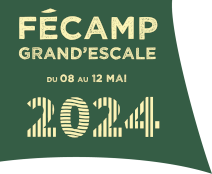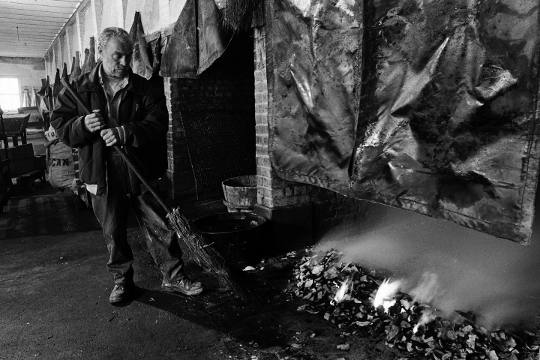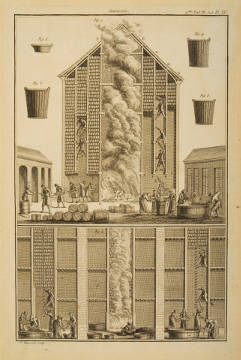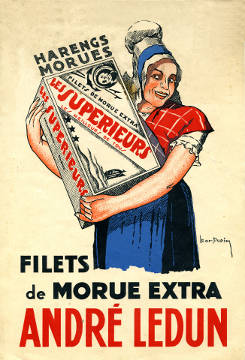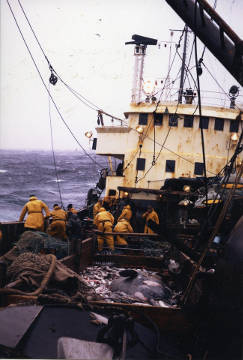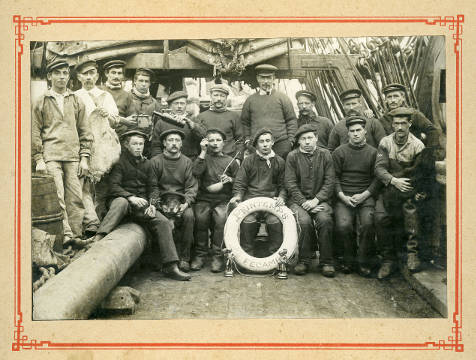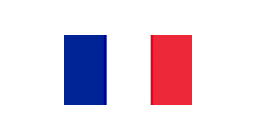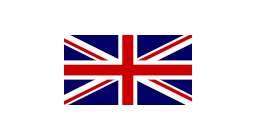Fécamp, a "City-Port" with a rich Norman and maritime history
The Dukes of Normandy established their summer residence in Fécamp very early on and built the great abbey. Fécamp is, after Caen and Rouen, the third city of the Duchy of Normandy. Nowhere before the establishment of the Scandinavians in the towns where herring fishing is practiced today, we find traces of this activity. On the other hand, it developed very quickly after the Norman invaders settled there.
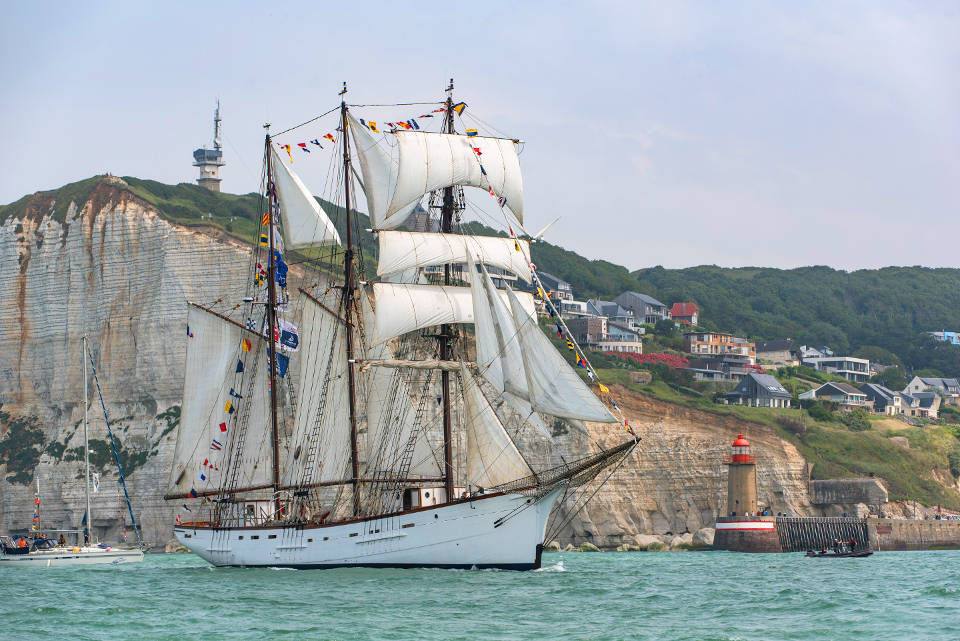 |
A charter dated 1030 mentions herring fishing in Le Tréport, Dieppe and "Fescam". In 1088, Duke Robert II, eldest son of William the Conqueror, authorized the abbey of Fécamp to establish an annual fair during the fishing season. The techniques of fishing with drift nets or the technique of curing the fish, described in the "Traité général des pesches" by Duhamel du Monceau in 1772, are still practiced by women and men today in the premises of the "boucane" of the Dundée Indépendant association.
From 1066 onwards, the existence of a shipbuilding yard is assumed since all the Norman ports were required to build ships for the expedition to England and the Fécamp monastery offered one with its crew. The tradition of shipbuilding in Fécamp has thus allowed the construction of ships for all types of navies: fishing, trade, war, salvage and pleasure craft.
Marité, Etoile and Belle Poule, all three were built in Fécamp’s shipyards. Not to mention the series of 16 lifeboats such as the Onésime Frébourg, currently in Fécamp. Or the prestigious yachts from the 1930s, perfectly maintained, which still sail today, such as the Odyssée designed by François Camatte and built in Fécamp in 1935..
Cod fishing has been practiced in Fécamp since the 16th century. In 1561, Nicolas Selle, a cod fisherman from Fécamp, returned from Newfoundland with a load of 70,000 codfish and refused to pay taxes to the monks of the abbey. In 1627, 18 to 20 vessels from Fécamp were fishing on the banks of Newfoundland. In 1903, the port equipped 73 large three-masted ships for the Newfoundland banks.
After World War I, Fécamp became the "Capital of the Newfoundlanders" with its fleet of trawlers and 25,000 tons of salted codfish landed and processed annually in Fécamp. It is also to preserve the memory that an old cod drying plant was transformed into a Museum by the municipality of Fécamp whose inauguration took place on December 8, 2017 in the presence of several ministers.
Wedged between the cliffs in a large valley, the agglomeration Fécamp Caux Littoral (30,000 inhabitants) is ideally located in Normandy 60 km from Dieppe and Rouen and 40 km from Le Havre. It has a train station which allows to reach the Paris-Le Havre line. Paris is 2.5 hours by train and car from Fécamp, Brussels is 4 hours away and London is a little over 5 hours away by car. The port is organized around 5 basins, 9 quays of 80 to 300 meters in length and an access channel of 220 meters for 70 meters wide.
